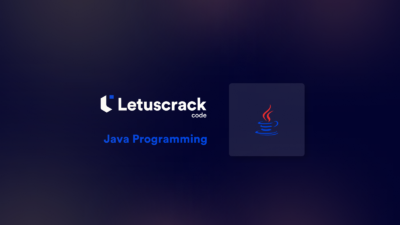The program must accept an integer N as the input. The program must print YES if N is a twisted prime number. Else the program must print NO as the output. A number is said to be twisted prime if it is a prime number and reverse of the number is also a prime number.
Boundary Condition(s):
1 <= N <= 10^16
Input Format:
The first line contains the value of N.
Output Format:
The first line contains either YES or NO.
Example Input/Output 1:
Input:
97
Output:
YES
Explanation:
97 is a prime number.
The reverse of 97 is 79. So 79 is also a prime number.
Hence the output is YES
Example Input/Output 2:
Input:
34
Output:
NO
def is_prime(num):
if num <= 1:
return False
for i in range(2, int(num**0.5)+1):
if num % i == 0:
return False
return True
n = int(input())
reverse_n = int(str(n)[::-1])
if is_prime(n) and is_prime(reverse_n):
print("YES")
else:
print("NO")
#include <iostream>
#include <cmath>
#include <string>
#include <algorithm>
using namespace std;
bool is_prime(long long num) {
if(num <= 1) return false;
for(long long i = 2; i <= sqrt(num); i++) {
if(num % i == 0) return false;
}
return true;
}
int main() {
long long n;
cin >> n;
string str_n = to_string(n);
reverse(str_n.begin(), str_n.end());
long long reverse_n = stoll(str_n);
if(is_prime(n) && is_prime(reverse_n)) {
cout << "YES" << endl;
} else {
cout << "NO" << endl;
}
return 0;
}
import java.util.Scanner;
public class TwistedPrime {
public static boolean isPrime(long num) {
if(num <= 1) return false;
for(long i = 2; i <= Math.sqrt(num); i++) {
if(num % i == 0) return false;
}
return true;
}
public static void main(String[] args) {
Scanner sc = new Scanner(System.in);
long n = sc.nextLong();
String strN = new StringBuilder(Long.toString(n)).reverse().toString();
long reverseN = Long.parseLong(strN);
if(isPrime(n) && isPrime(reverseN)) {
System.out.println("YES");
} else {
System.out.println("NO");
}
}
}



